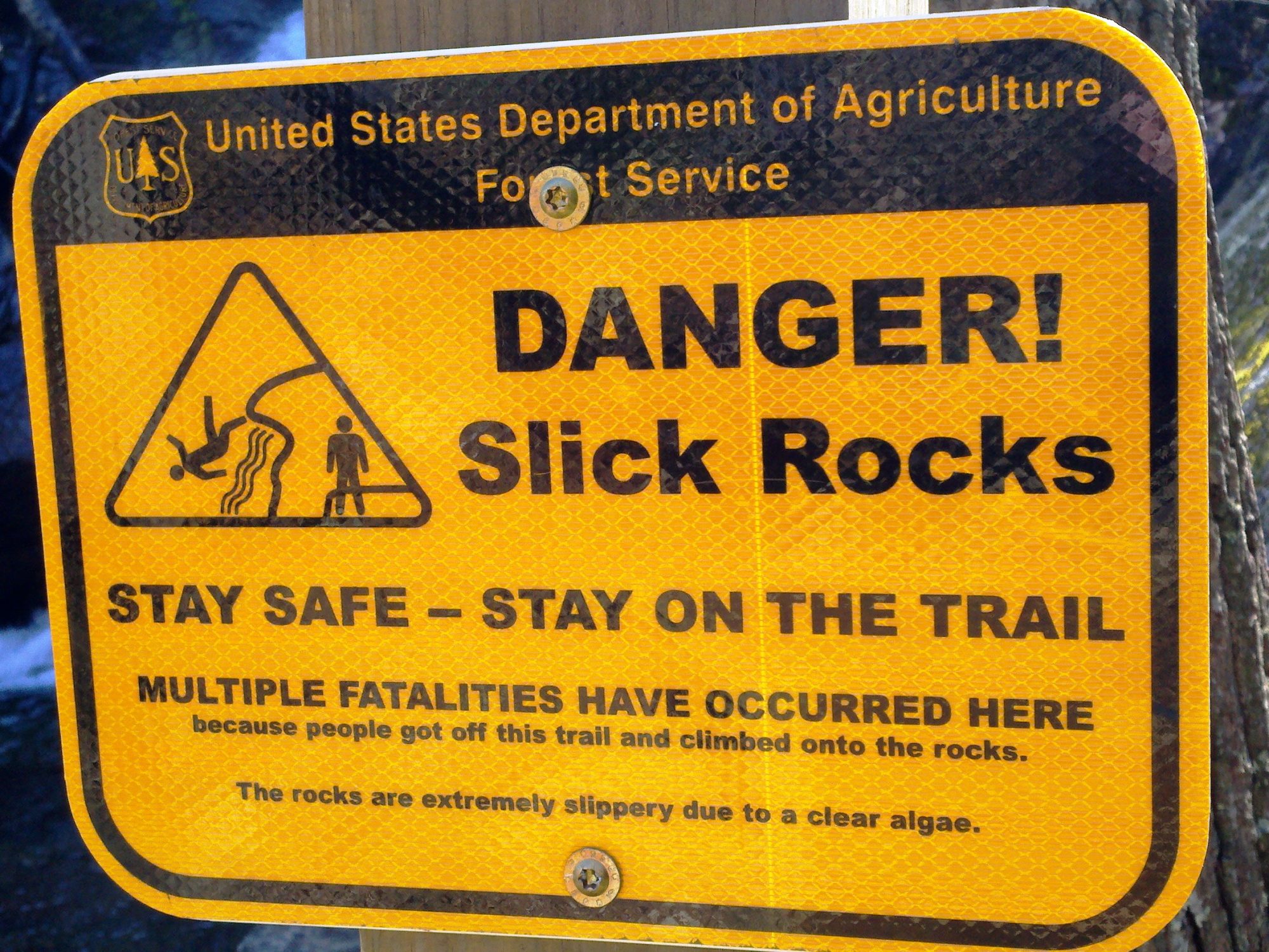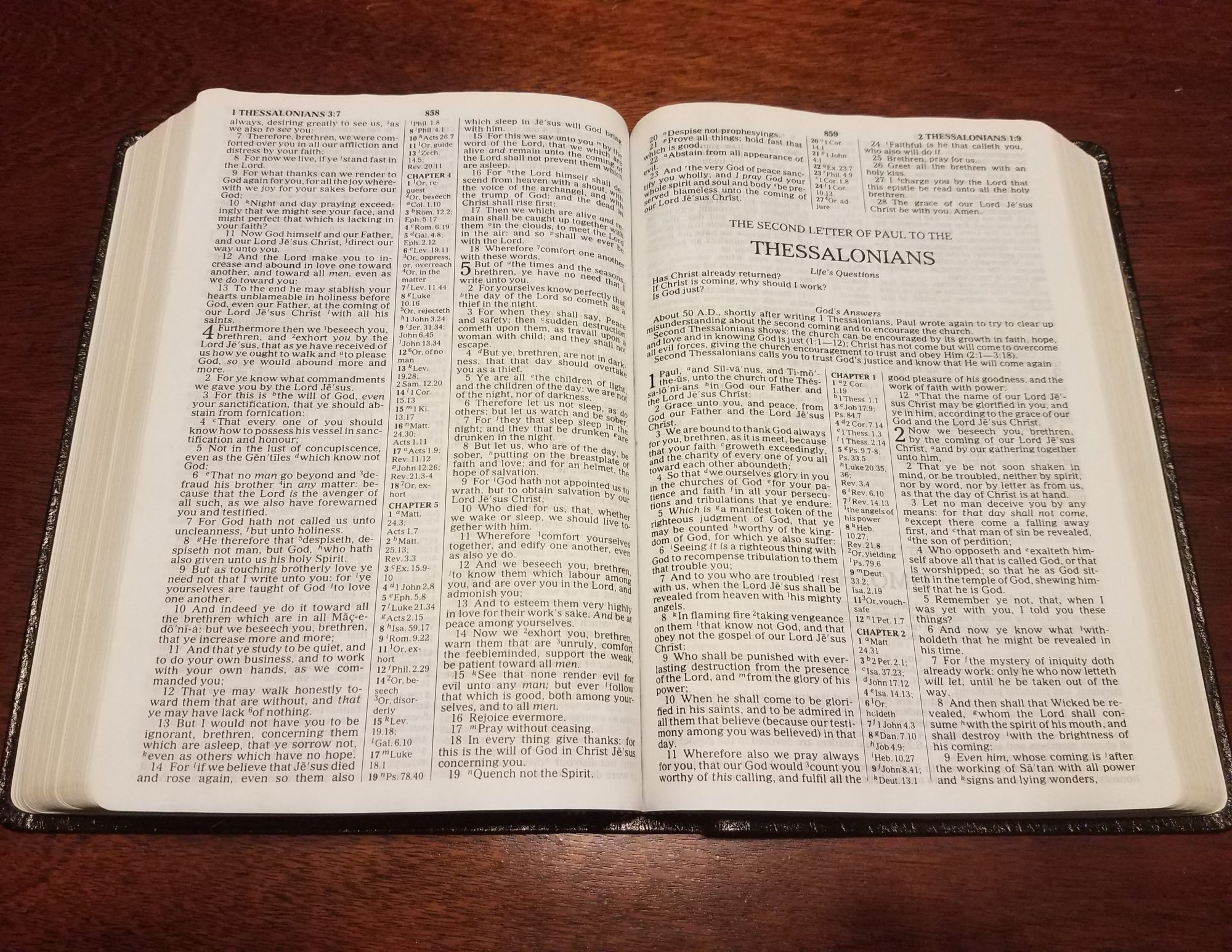Use the Correct Guide and Always Stay on the Trail
NOTE: The following entry is from chapter 2 of Tale of the Tenderfoot,
© 2017 Jeffery J. Michaels / Plain English Publications.
One of the more important rules to follow when hiking in the wilderness is to always remain on the trail. Unless the hiker is fully trained and completely confident in the use of a compass, topographical map, and trail guide, this rule is absolutely essential. It can be very easy to get misplaced in the woods, even just a few yards off the trail. In some situations, the hiker’s life could very well depend upon following this rule.

Even if a hiker has not risen to the level of expert in the use of a compass, the tools of topographical map and trail guide are helpful, even necessary aids. The topographical map has been prepared by an expert cartographer and the trail guide by someone who has hiked the trail before – perhaps many times. This person has carefully measured the distance and the altitude gained along the way. They have taken note of important features, both for visual description and for the provision of helpful information such as places to camp, a water supply, or a convenient swimming hole.
The map and guide are tools that give insight, clarity and guidance – confirmation that the hiker is on the right trail and therefore on the way to the correct destination. I am reminded of the need for a trail guide in life – something worthy of trust that will give insight, clarity, and guidance. Life should be lived based upon a set of principles, but some will place their trust in a weak set of principles – or worse – no principles at all. The result is that they end up going off the trail, on a type of bushwhack through life. They become confused, disoriented, lost. They forget the most important rule to be followed – to stay on the trail – and they neglect the tools that should be consulted and trusted most – a compass, map, and guide for living.
I try to stay on the trail, whether hiking in the Adirondacks, or by application, in all aspects of life. I am not a risk taker, preferring security, safety and stability. I feel uncomfortable taking risks that can to lead to disaster. I naturally think of unpleasant consequences that come with making careless or poor choices. I am therefore very careful in my approach to life.

Be careful what you follow and in what or whom you place your trust. A corrupted or imperfect guide will lead you directly into danger. The guide you choose to follow – in which you place your trust – must be accurate, trustworthy, and yes – easy to follow.
Trails in the High Peaks region that are maintained by the Adirondack Mountain Club (ADK) are marked with small plastic disks – red, yellow, or blue. These three inch diameter markers are nailed to trees at or a little above eye-level. Spacing is intermittent, but far enough apart so that they do not become a distraction from scenic beauty, yet close enough that even inexperienced hikers can follow them with little concern.
In addition, trail junctions are marked with signs (brown with yellow lettering), either on trees or posts that have been set in the ground. The signs use a combination of place names, trail color, and approximate distance to various places. These signs are important markers for hikers allowing them to confirm direction and distance, along with helping to maintain a sense of time along the way. The lengthening shadows of late afternoon combined with stated distance on the sign can indicate that the weary hiker should find a suitable place to set up camp for the night.
Since I am careful to remain on the trail supported by a compass, topographical map, and the trail guide, I never wander off the trail and into danger. I actually feel much safer and more secure in the deep wilderness than I do on the streets of a metropolis. I recall the time when our family was in New York City. Brandon had a weekend soccer tournament on Long Island, so the trip was required for the team and of course families were also expected to make the trip. Quite frankly, apart from the soccer, I had absolutely no interest in visiting New York City.
During the trip, there was some extra time to see a little of the city, an opportunity that most families thought they would enjoy. I’ll never forget standing near Times Square with most of the families of our group. While trying to decide what we would like to do for the afternoon, someone suggested we split-up. Each family could do whatever they wanted to do, and then we all would reunite later. I confess that in that moment I felt a surge of panic rise up within me. I had no map. I had no guide. I was completely uncomfortable with the idea and it seemed much like a bushwhack, but in the city. We would certainly be lost without a compass, map, and guide. Disaster was nearly certain!
I am grateful to have a guide on the trail in the wilderness, allowing me to feel completely safe and secure. However, in a much greater way I am grateful to have a guide in daily life – the Bible. It also provides insight, clarity, and guidance. It can be counted upon for accuracy and completeness. It keeps me from becoming confused, disoriented, and lost.
What do you rely upon for guidance and to keep you ‘on the trail’?

© Jeffery J. Michaels / Plain English Publications 2019
(Quotations allowed with attribution to this blog)
